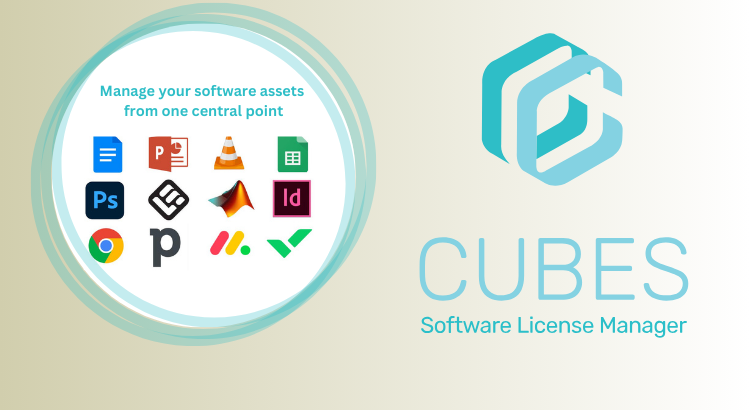Software Asset Management (SAM) is a strategic business practice that encompasses the efficient management of an organization’s software resources throughout their lifecycle. This comprehensive approach involves the acquisition, deployment, maintenance, utilization, and responsible disposal of software applications. In line with ITIL (Information Technology Infrastructure Library) standards, SAM is defined as the orchestration of infrastructure and processes essential for the effective management, control, and safeguarding of software assets.
At its core, SAM is designed to be an integral part of an organization’s information technology strategy. Its primary objectives include reducing IT costs, mitigating business and legal risks associated with software ownership and utilization, optimizing IT responsiveness, and enhancing end-user productivity. These objectives are crucial for organizations, especially large corporations, as they grapple with the complexities of software licenses, redistribution, and legal compliance.
SAM technologies play a pivotal role in tracking license expiration, enabling organizations to operate ethically and in adherence to software compliance regulations. This not only helps in minimizing legal expenses related to license agreement violations but also contributes to a company’s reputation management strategy, a vital facet of risk management and long-term business success for large corporations.
SAM, while essential, is just one facet of a broader discipline known as IT Asset Management, which encompasses both software and hardware resources that make up an organization’s computing and networking infrastructure.
Key Functions of SAM Within Organizations
The role of SAM within organizations can vary based on the organization’s software portfolio, IT infrastructure, available resources, and business goals. In most cases, SAM programs aim to strike a balance between the number of software licenses purchased and the actual licenses consumed. Beyond this fundamental goal, an effective SAM program ensures that software usage aligns with the terms and conditions specified in vendor license agreements. This is crucial for minimizing legal liabilities, especially in the event of an audit by a software vendor or third-party entities like the Business Software Alliance (BSA).
Broadly defined, the strategic goals of SAM often encompass:
Reducing software and support costs through volume contract negotiations and the elimination or reallocation of underutilized software licenses.
Enforcing compliance with corporate security policies and standards.
Enhancing worker productivity by deploying appropriate technology quickly and reliably.
Reducing overhead related to software management and support by streamlining and automating IT processes, including inventory tracking, software deployment, issue tracking, and patch management.
Establishing policies and procedures for the acquisition, documentation, deployment, usage, and retirement of software to achieve long-term SAM benefits.
Technology Enablers of SAM
SAM relies on several key technologies to support its core processes:
- Software Inventory Tools: These tools intelligently discover and document software installations across the network, capturing vital information such as title, product ID, size, date, path, and version.
- License Manager Solutions: These solutions act as intelligent repositories for license entitlements, enabling organizations to reconcile them against data collected by software inventory tools to determine their “Effective License Position.”
- Software Metering Tools: These tools monitor software application usage across a network, providing real-time enforcement of compliance for applications licensed based on usage.
- Application Control Tools: They restrict the execution of specific software applications on a computer, enhancing security and risk mitigation.
- Software Deployment Tools: These tools automate and regulate the deployment of new software, ensuring consistency and efficiency.
- Patch Management Tools: Automation of software patch deployment ensures that computers remain up-to-date, meeting security and efficiency standards.
- Request Management Tools: These tools facilitate centralized requests for software products, capturing and assessing license requirements while managing and tracking procurement and deployment.
- Product Catalog Tools: These tools gather essential product information, normalizing product naming conventions within the organization and facilitating integration with other SAM solutions.
Tangent has recently introduced its own Software Asset Management (SAM) solution, aptly named “Cubes.” In a move reminiscent of the SAM principles discussed earlier, Tangent has recognized the need to manage its software assets efficiently. Cubes, like the SAM technologies described in the previous content, serves as a tool for companies to gain better control over their software resources, reducing costs, ensuring compliance, and optimizing productivity.
